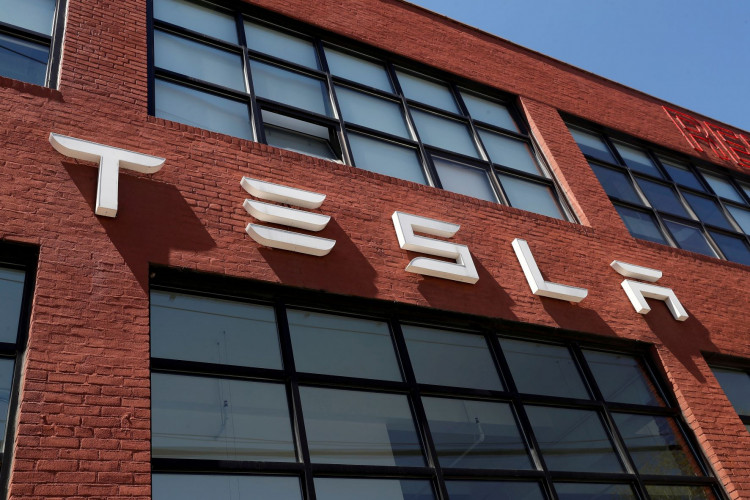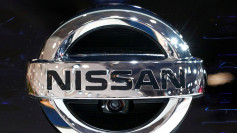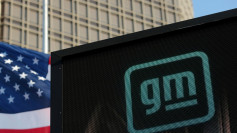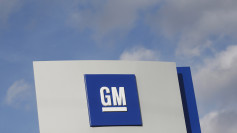Tesla's third-quarter earnings exceeded analysts' predictions, propelling the company's shares up by 12% in after-hours trading. The electric vehicle giant posted a net income of $2.17 billion, marking a significant 17.3% year-over-year increase. Earnings per share reached 72 cents, well above Wall Street's expectations of 58 cents, though total revenue of $25.18 billion narrowly missed the forecasted $25.37 billion.
Despite macroeconomic challenges, Tesla's CEO Elon Musk expressed optimism, forecasting vehicle growth of 20% to 30% for 2024. He attributed this outlook to the development of lower-cost electric vehicles and advancements in Tesla's autonomous driving technology. "Vehicle growth will be driven by lower-cost vehicles and the advent of autonomy," Musk said on the earnings call. Musk also teased plans for further expansions in Tesla's product line and growth in services like autonomous ride-hailing.
Tesla's strong third-quarter performance came despite ongoing pressures on the automotive sector, such as high interest rates and increased competition from both legacy automakers and new players, particularly in China. Tesla's ability to generate substantial profits from selling regulatory credits to other automakers played a pivotal role in boosting its margins, contributing $739 million in revenue. These credits have long been a significant factor in Tesla's financial results, as automakers buy them to meet emissions regulations.
Automotive revenue grew by just 2% to $20 billion, with Tesla's flagship models, the Model 3 and Model Y, leading sales. Meanwhile, Tesla's energy generation and storage business saw a 52% rise, contributing $2.38 billion in revenue. The company's "services and other" revenue also saw a notable 29% jump to $2.79 billion, aided by non-warranty repairs for Tesla vehicles. While the company managed to boost its revenue streams across sectors, the broader automotive revenue growth has leveled off in recent quarters.
Musk, always keen to look toward the future, outlined bold plans during the call, including producing 2 million units annually of Tesla's new "Cybercab," a robotaxi-style vehicle that could begin operation by 2025 in Texas and California. While Musk's enthusiasm for autonomy is well-documented, he did acknowledge that Tesla is not yet able to sell fully self-driving cars. "We're making on the order of 35,000 autonomous vehicles a week," he claimed, though these vehicles still require human oversight.
Tesla's Cybertruck also made headlines in the company's earnings report. While the futuristic pickup has been plagued by production delays and quality issues, it managed to become the third-best-selling fully electric vehicle in the U.S. in the third quarter. Tesla estimates that it sold over 16,000 units, surpassing expectations. The truck has even reached a positive gross margin, a milestone that analysts and investors had been closely watching. Tesla's chief financial officer, Vaibhav Taneja, noted the success of its Full Self-Driving (FSD) system, which contributed $326 million in revenue.
However, Tesla faces increased pressure from competitors like BYD and Li Auto in China, as well as from American legacy automakers like Ford and General Motors, both of which are accelerating their electric vehicle programs. Although Tesla still holds a strong market share in the EV sector, Musk acknowledged the intensifying competition, particularly in terms of pricing and innovation.
Tesla's stock had been under pressure throughout October, dropping 18% and heading for its worst monthly performance since January. However, the third-quarter results provided a much-needed boost, despite Musk's heavy involvement in political matters. Musk has been a vocal supporter of former President Donald Trump's 2024 campaign, which has raised questions among investors about how his activism could impact Tesla's brand and financial outlook. However, no Trump-related questions came up on the earnings call.
Investors are keenly focused on Tesla's forward guidance, particularly Musk's ambitious target to grow deliveries by up to 30% in 2024. The company also reiterated its plan to launch more affordable models by the first half of 2025. These models are expected to use existing parts from Tesla's current lineup to reduce costs, allowing the automaker to meet increasing demand for more budget-friendly EVs.
Musk also mentioned the ongoing improvements to Tesla's self-driving technology, predicting that the FSD system will surpass human drivers in safety by mid-2024. The company has begun offering an autonomous ride-hailing service to employees in the San Francisco Bay Area, although the vehicles currently require human safety drivers. Musk remains confident that a fully autonomous service could be launched to the public in California and Texas as early as next year.





